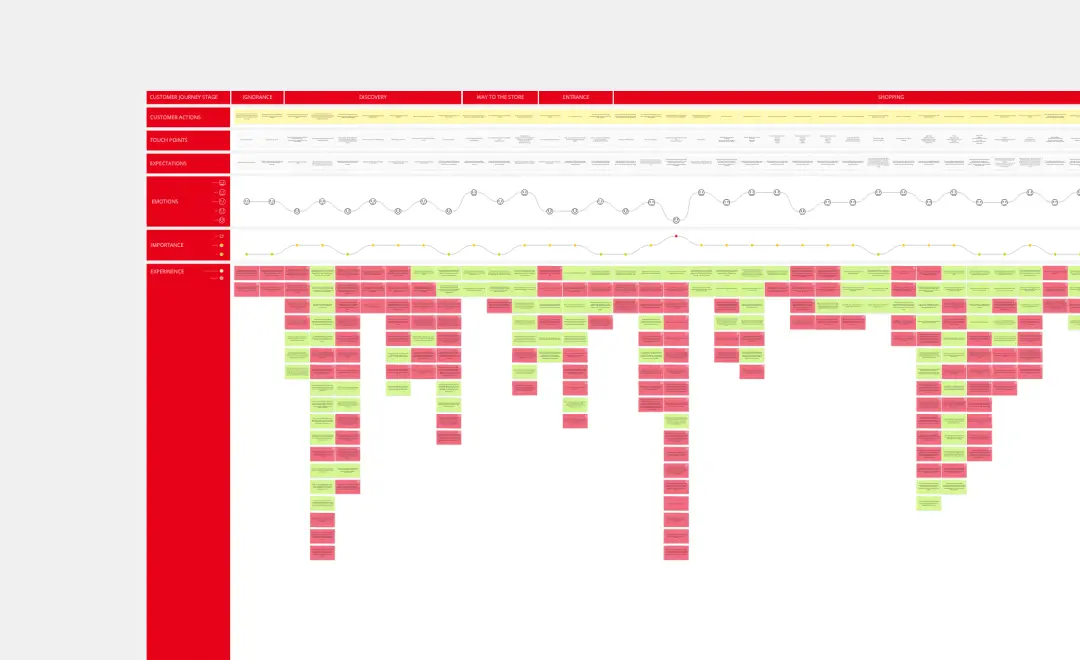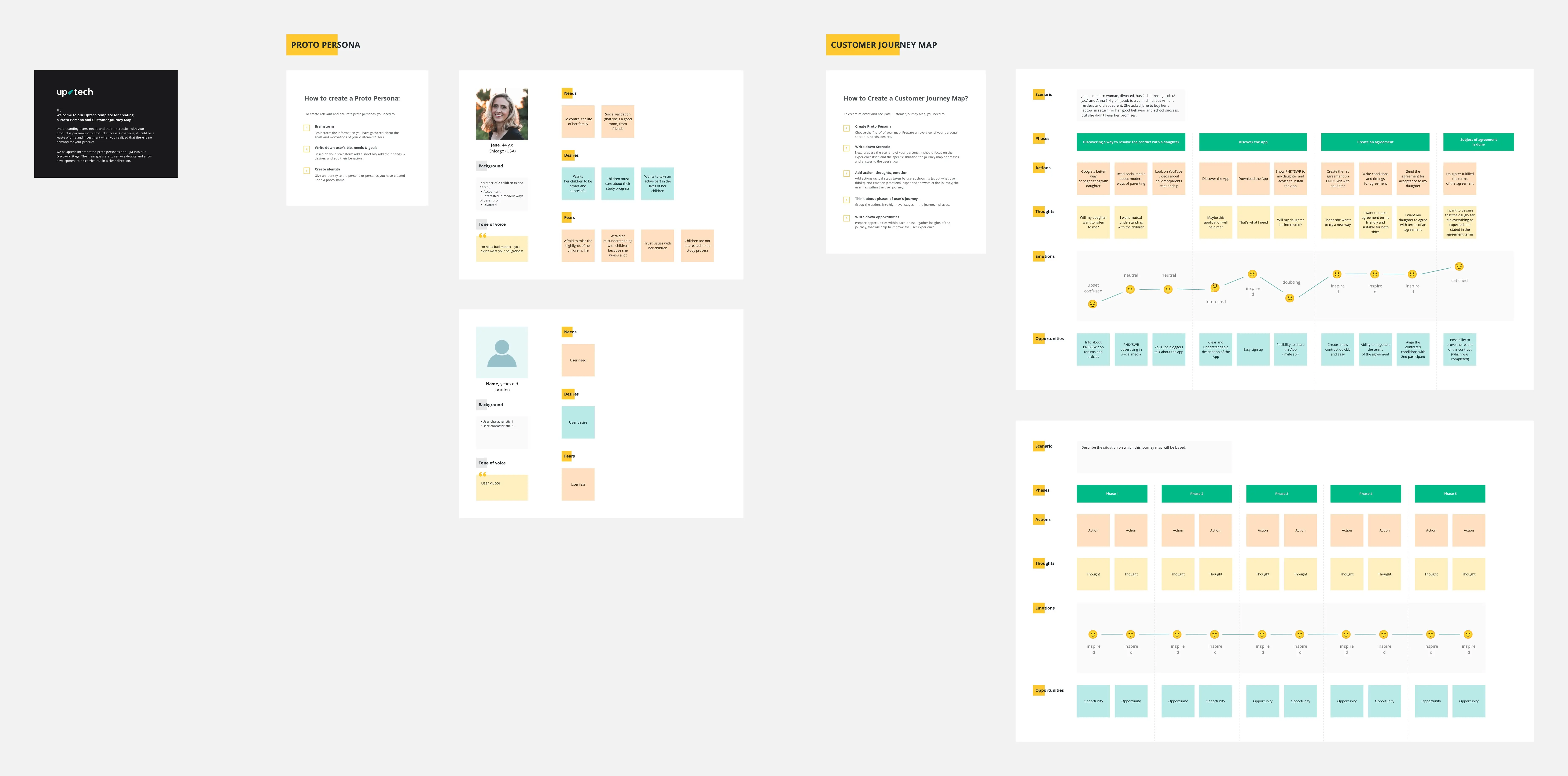CJM is a common tool to understand the whole user flow and parts of the flow where a user might have a bad experience.
The classical CJM with measuring user emotions usually takes more than a week as you need to collect all the information (emotions) from your users.
Productov.net offers a fast way to analyse the customer journey by simply collecting references from competitors or best practices and making suggestions on how the proposed changes in a flow can affect metrics.
The reason is that user emotion is still an intermediate metric that affects final metrics such as conversion rates and others.
How to use Fast CJM?
Step 1: Make screenshots
The first step is to make screenshots or photos of what customers see while using the product or service you are analysing.
Step 2: Get references
Take screenshots of competitors’ solutions or find best practices articles. It will help you to understand how the same problem is solved in the market and to get some new ideas.
Note: The ‘References’ row is the last one because it should be perceived by a reader as proof of your solution. Moreover, some experienced product managers or researchers can list interface drawbacks right after step 1.
Step 3: Think what is bad
After getting some ideas from the market, you can easily find some bad points in user experience. So list all the disadvantages one by one.
Step 4: Offer you solution
Provide your own solutions on how to make the user experience better based on your research.
Step 5: Suggest how metrics will change
And finally, the most important part. Make suggestions on how your ideas/solutions will affect conversion rates, average session time, and other important metrics for the analysed product or service. Firstly, it will help you to test your ideas. Secondly, it will help you realise how important the solutions you are proposing are. It may turn out that you are proposing a big change in the interface, but it will have very little effect on the main metric.
Customer Journey Map Templates






